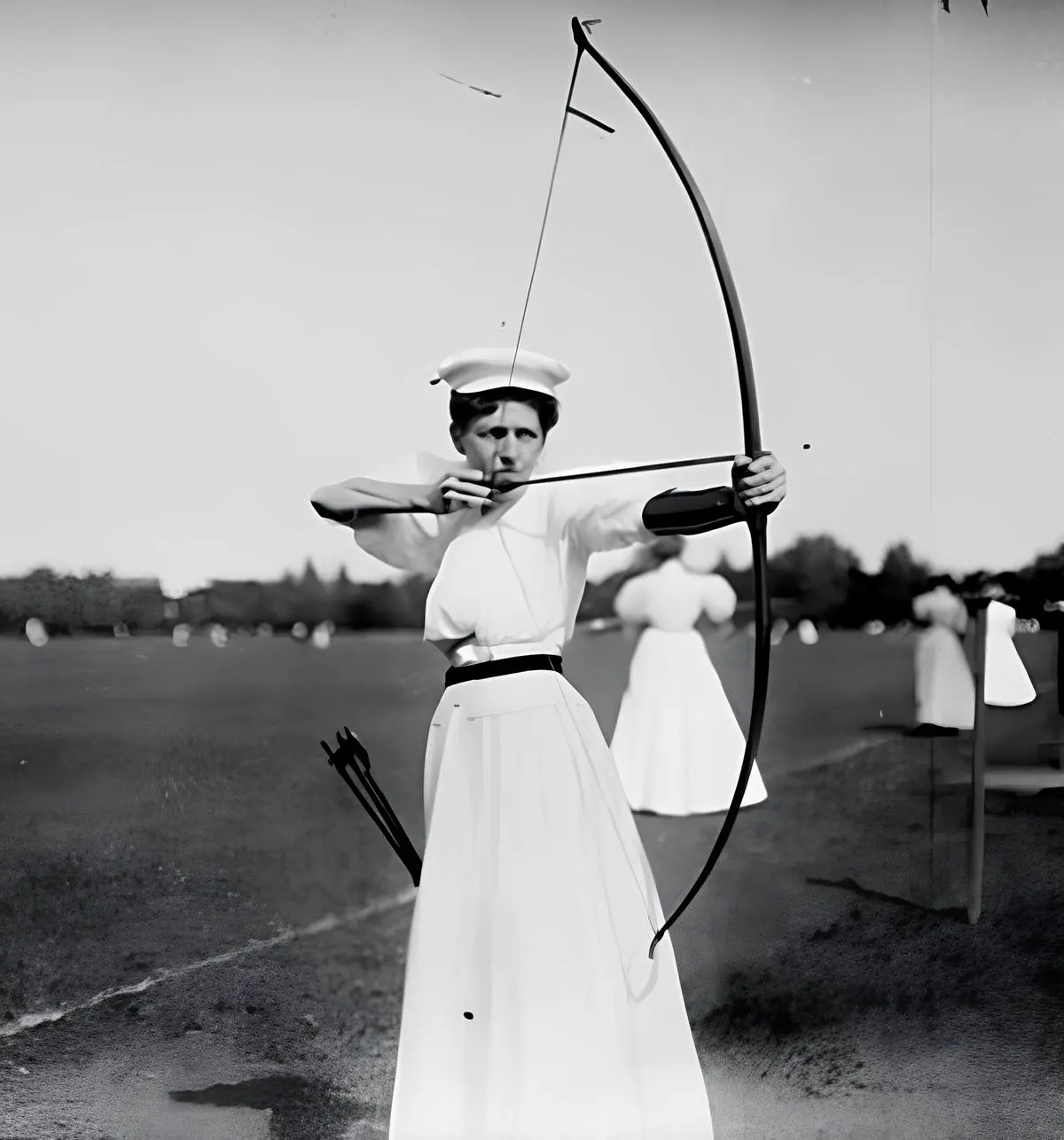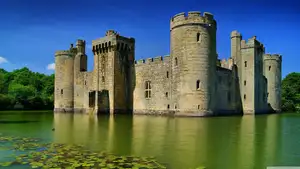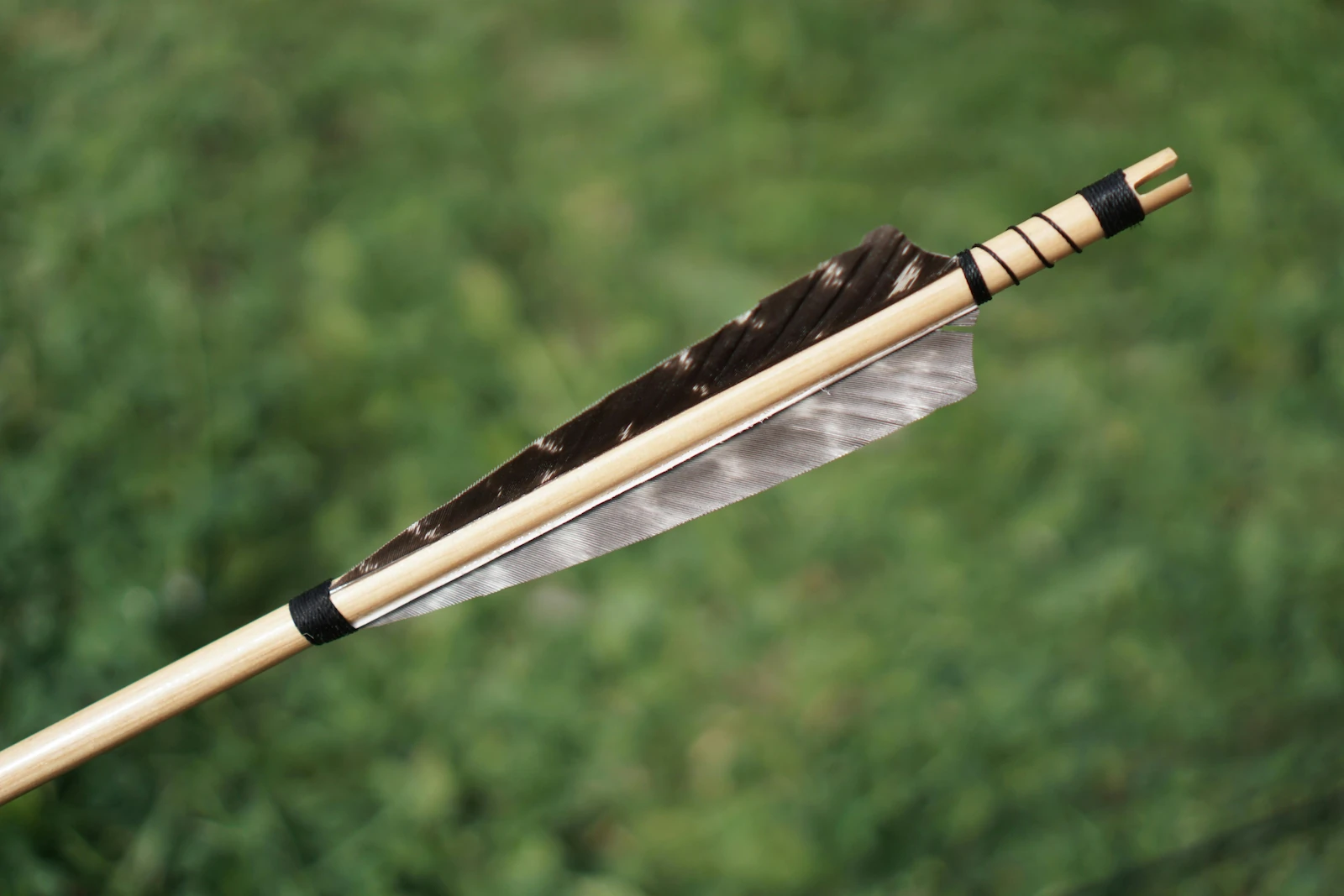British Archery’s Revival: From Longbow Decline to GNAS Origins

The History of Archery in the UK: Part 2 – From Decline to Revival
Introduction
As the bow faded from military dominance in the 16th century, British archery underwent a quiet transformation. No longer essential on the battlefield, the bow found a new role in social life, leisure, and eventually organised sport. In this second part of our series, we trace archery’s evolution from post-medieval decline through to its Victorian-era revival, culminating in the formation of the Grand National Archery Society (GNAS) in 1861.
Post-Medieval Decline and the Impact of Gunpowder
By the late 1500s, firearms had proven superior to bows in terms of range, armour penetration, and ease of training. Musketeers could be trained in weeks; a skilled longbowman took years of disciplined practice. Despite royal efforts to keep archery alive — most notably by Henry VIII — the longbow became increasingly obsolete in military terms. The English Civil War (1642–1651) confirmed this shift. Archers no longer featured in military engagements. Instead, pike and musket formations dominated. The bow, once the symbol of English power, became a relic of the past. Yet archery never disappeared. In rural areas, it remained a means of hunting and casual sport. Among the gentry, it gradually became a nostalgic pursuit — an echo of chivalric ideals, nationalism, and personal skill.
18th Century: From Heritage to High Society
In the Georgian period, a romanticised view of the medieval era spurred renewed interest in archery. Gentlemen and aristocrats, inspired by tales of Agincourt and Robin Hood, began organising shooting events. These were less about martial readiness and more about ceremony, elegance, and social status.
Growth of Archery Societies
Numerous local and regional archery societies emerged in the 1700s. These included:
- The Royal Company of Archers (founded 1676 in Scotland) – later became the monarch’s bodyguard in Scotland
- Ancient Society of Kilwinning Archers (from at least 1688) – known for the papingo shoot from Kilwinning Abbey tower
- Royal Toxophilite Society (1781) – based in London, it attracted royal and noble patrons
These clubs helped formalise competition formats, standardise distances and scoring, and elevate archery’s cultural cachet. Uniforms, ceremonial titles, and ornate prizes became common. Some societies even maintained longbow traditions, though others experimented with early target bows using flat limbs and basic sights.
Women in Georgian Archery
Archery was unusual in the 18th century for welcoming female participants. It was considered elegant, non-strenuous, and compatible with upper-class femininity. Women competed in formal tournaments, often wearing elaborate dresses and sashes. Publications such as *The Art of Archery* by Thomas Roberts (1801) addressed female form and etiquette, reflecting the growing inclusivity of the sport — though always within class and gender norms of the era.
The Victorian Era: Industrial Influence and Organised Sport
The 19th century brought massive change to Britain: industrialisation, urbanisation, and the rise of the middle class. These forces reshaped leisure, sport, and community life — and archery evolved with them.
Standardisation and Accessibility
Middle-class professionals now had the means and time to take up hobbies once reserved for the gentry. Archery societies flourished across England, Scotland, and Wales, offering formalised competitions and published rules. Equipment also improved. Advances in timber processing and glue-making led to stronger, more consistent bow limbs. Laminated bows began appearing, along with brass and ivory-handled target sights. Though the longbow remained popular, many archers adopted more modern flatbows or early recurves with improved performance.
Public Demonstrations and Exhibitions
Archery featured prominently at 19th-century exhibitions and fairs. Displays of skill — including speed shooting, flight shooting, and trick shots — drew large crowds. Newspapers reported on national tournaments, and archery found its place alongside croquet and lawn tennis as a respectable, structured pastime.
Link with National Identity
Victorian Britons saw archery as both morally uplifting and patriotically symbolic. Longbow imagery was used in posters, plays, and pageants. The medieval archer became an icon of independence, fair play, and honour — values aligned with Britain’s imperial and social ambitions.
The Grand National Archery Meetings
In 1844, the first Grand National Archery Meeting (GNAM) was held at York, bringing together top archers from various regions to compete under unified rules. These meetings were the first attempt to standardise target archery across the country.
York and Hereford Rounds
The York Round (used for men) and Hereford Round (for women) were defined at these early national meetings. They included fixed distances, number of arrows, and target sizes:
- York Round: 72 arrows at 100 yards, 48 at 80 yards, 24 at 60 yards
- Hereford Round: 72 arrows at 80 yards, 48 at 60 yards, 24 at 50 yards
Scoring used a five-colour target face with concentric rings — gold, red, blue, black, and white — a format still recognisable today.
Social Function of the Meetings
These tournaments were as much social events as sporting ones. Attendees wore formal dress, and matches were often accompanied by banquets, speeches, and musical performances. Archery was refined, visible, and growing in national importance.
The Formation of the Grand National Archery Society (GNAS)
By 1861, the popularity of the GNAM and the growth of archery clubs demanded a formal governing body. The Grand National Archery Society (GNAS) was established to oversee rules, coordinate events, and promote the sport nationally.
Early Roles and Objectives
- Publishing and standardising rules of competition
- Sanctioning national and regional tournaments
- Recording scores and maintaining performance records
- Encouraging archery as both a sport and heritage activity
Initially focused on target archery with English longbows, the GNAS would later expand its remit to include different bow types, coaching standards, youth development, and eventually Olympic discipline.
Conclusion: From Heritage to Sport
Between the 17th and 19th centuries, British archery shifted from nostalgic revival to structured, codified sport. The founding of GNAS marked the beginning of a new era — one in which archery would grow beyond the aristocratic lawn and into schools, clubs, and international arenas. In Part 3 of this series, we’ll explore the modern evolution of the sport: how GNAS became Archery GB, how Olympic recurve took centre stage, and how British archers entered the world stage once again.



